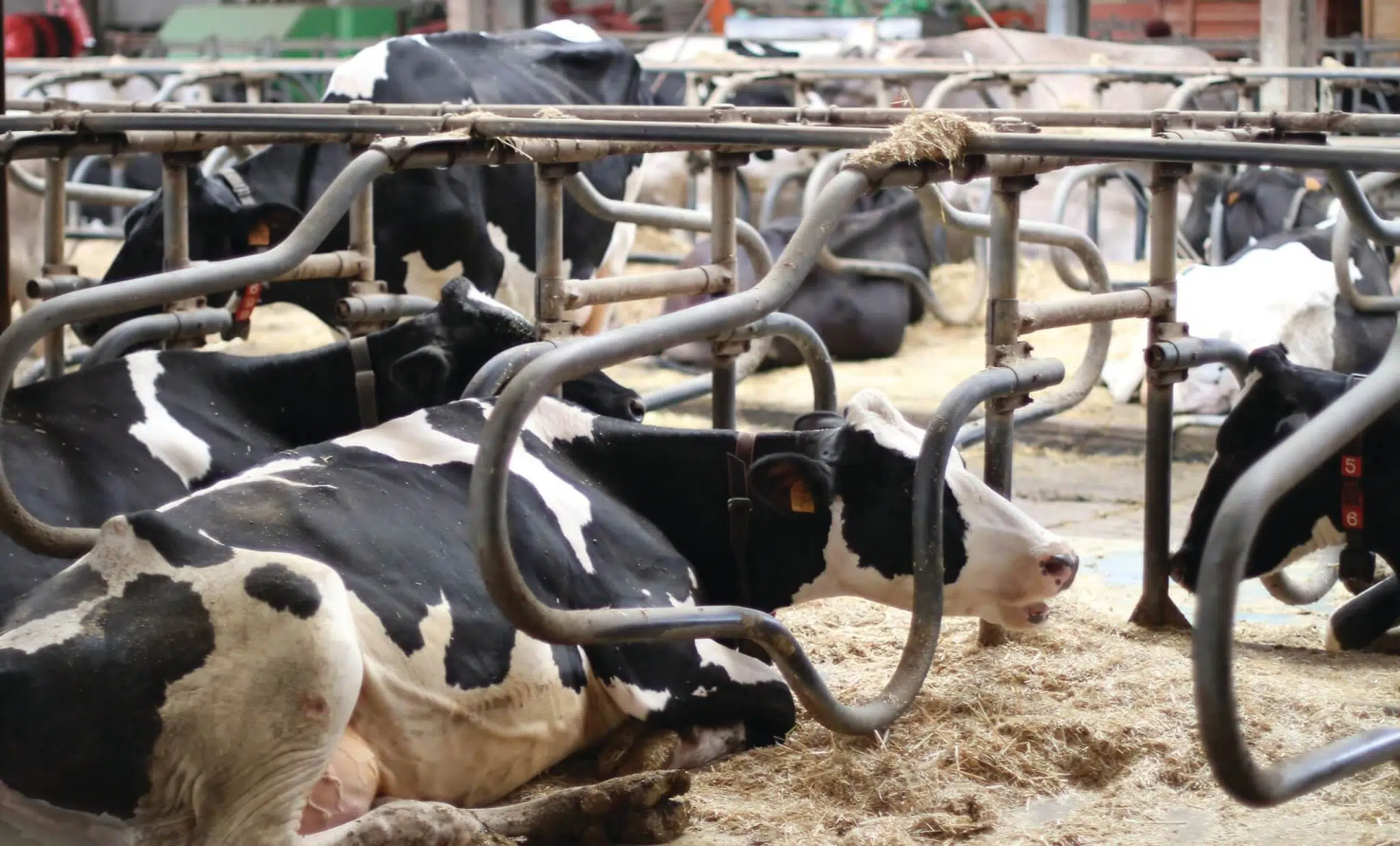Reducing inflammation in the 30 days both pre- and post-calving can play a big role in improving lactation performance and lifetime productivity. In this series, we look at six major areas where a management focus will reduce the risk of excessive inflammation during the transition period. Last month we discussed the relationship between inflammation and social disruption; this month we will take a closer look at inflammation and transition unit design.
Designing the transition unit
Getting the design of your transition buildings right will have a big impact on how well cows shift into lactation. The design of the transition unit will
influence every cow that comes through it so one of the most important design features is sizing. The housing needs to be able to accommodate any peaks in calving intensity during the season without compromising feed space, lying space, cubicle availability, and duration of stay.
If the building is sized incorrectly, there will be periods of time when these basic transition cow requirements are compromised and transition failures will occur. Poor dry matter intake, overcrowding, and stress predispose the cow to excessive inflammation. There needs to be enough room for every cow to be able to lie down, which means one cubicle per cow or 100 square feet in a loose housing set up. Also make sure the unit will be large enough for near-future expansion plans.

Correct sizing principles
The Wisconsin University Dairyland Initiative has clearly defined the principles for correctly sizing transition housing, which are:
- monthly variation in calving intensity;
- configuration of transition cow facility;
- the length of stay in each pen;
- the total number of calvings per year; and
- the length of the dry period.
To help size a building, they have produced an easy equation, which is:
Cubicles needed = total cows in herd/365 days x 140% x number of days in accommodation.
Other important features when designing an effective transition unit include:
- access to foot-bathing facilities;
- stall comfort as determined by stall size and bedding material;
- adequate access to water;
- efficient ventilation and heat abatement; and
- maximum of two rows of cubicles.
Inflammation, the hidden milk thief
Inflammation is the body’s response to injury. It sends a signal to the immune system to heal and repair tissues, as well as prevent infections. Glucose is a crucial energy source for all functions that take place in the cow. In early lactation, any inflammation causes glucose to be diverted from production as the cow will always look after herself first. The worse the inflammation, the more production will be affected.
Cows respond to a negative energy supply by increasing the mobilisation of body reserves, a process which activates immune cells. Extreme negative energy balance is associated with a greater immune response, diverting even more glucose from production. While a low level of inflammation is a normal part of transition, the key is to keep the incidence as low as possible to free glucose for production.









